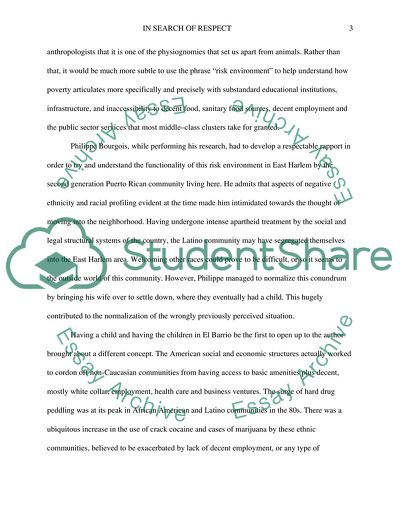Cite this document
(“In Search of Respect Essay Example | Topics and Well Written Essays - 1750 words”, n.d.)
Retrieved de https://studentshare.org/anthropology/1653578-in-search-of-respect
Retrieved de https://studentshare.org/anthropology/1653578-in-search-of-respect
(In Search of Respect Essay Example | Topics and Well Written Essays - 1750 Words)
https://studentshare.org/anthropology/1653578-in-search-of-respect.
https://studentshare.org/anthropology/1653578-in-search-of-respect.
“In Search of Respect Essay Example | Topics and Well Written Essays - 1750 Words”, n.d. https://studentshare.org/anthropology/1653578-in-search-of-respect.


